‘A Century of Japanese Suburbs’, Understanding One Hundred Years of Urbanisation in Japan
In this book, author Cécile Asanuma-Brice reflects on the way in which suburbs have developed in Japan.
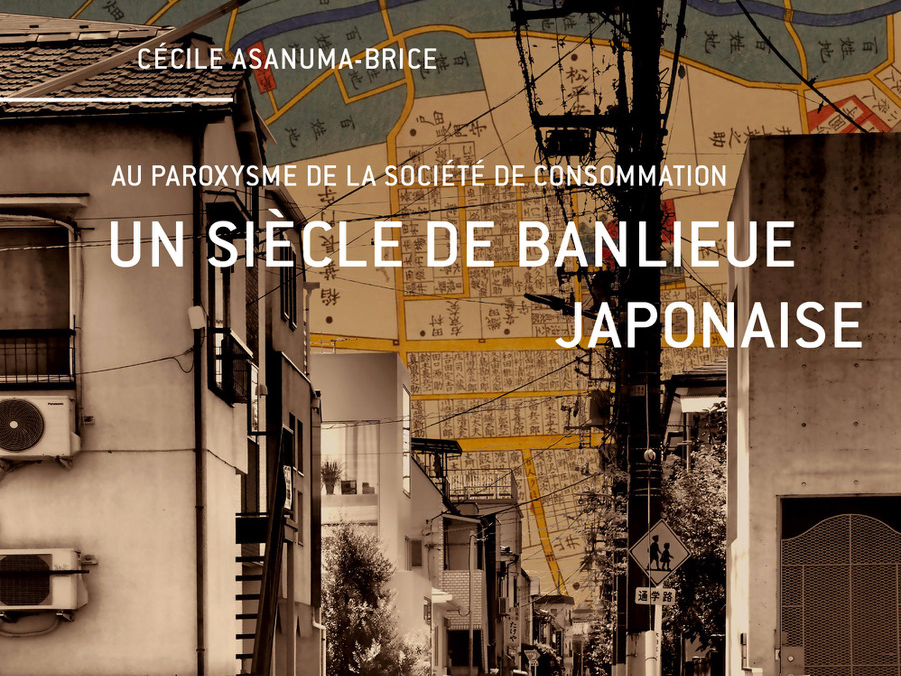
Metis Presses
A researcher in sociology and geography, Cécile Asanuma-Brice has investigated for more than twenty years to understand the dynamic of the creation and transformation of spaces in Japan over the course of a century. Through historical, demographic, social, political, and economic study, the researcher at CNRS examines the process of the creation of the suburbs and their evolution, and has recorded her findings in her book A Century of Japanese Suburbs.
The organisation of the city, initially split into two between the aristocrats and commoners, was shaken up by the opening up of the country in the 19th century. Tokyo and its surrounding area became denser. Rail companies created urban sub-centres on the outskirts of stations, closely followed by industrial housing that sprang up around factories. The Second World War was over and the American consumerist model was descending over the country, and with it, the creation of inside spaces adapted for mass consumption. The constructions extended upwards endlessly, space became standardised and social bonds diminished, as did the relationship with nature.
Understanding urban development
A Century of Japanese Suburbs highlights the strong links between urban, architectural, and social organisation. This is exemplified by the study of meisho – vacation sites where people would come to admire the landscape of the Tokyo suburbs at the beginning of the century. These sites have since become urbanised and are named jisatsu no meisho, known for their high suicide rate due to the sense of social isolation created by the very high population density.
The subject may be specialist, but Cécile Asanuma-Brice’s book nevertheless aims to be accessible. Each theory is supported by practical examples and the book is overflowing with photos, maps, and plans, allowing the reader to picture the evolution of town planning over the decades. The book forces the reader to question what tomorrow’s cities might look like, as although the issues addressed are specific to Japan, they can be transposed to the majority of the world’s major capital cities.
A Century of Japanese Suburbs (2019) by Cécile Asuma-Brice is published by Metis Presses, and is only available in French.
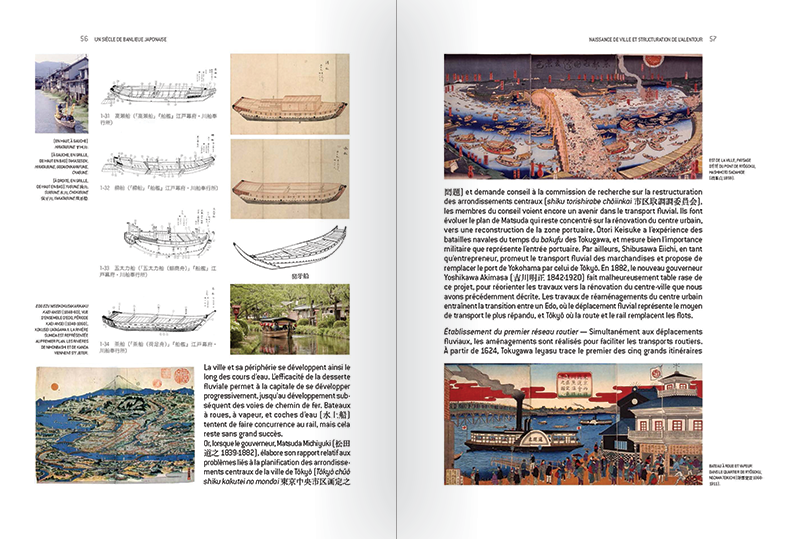
Metis Presses
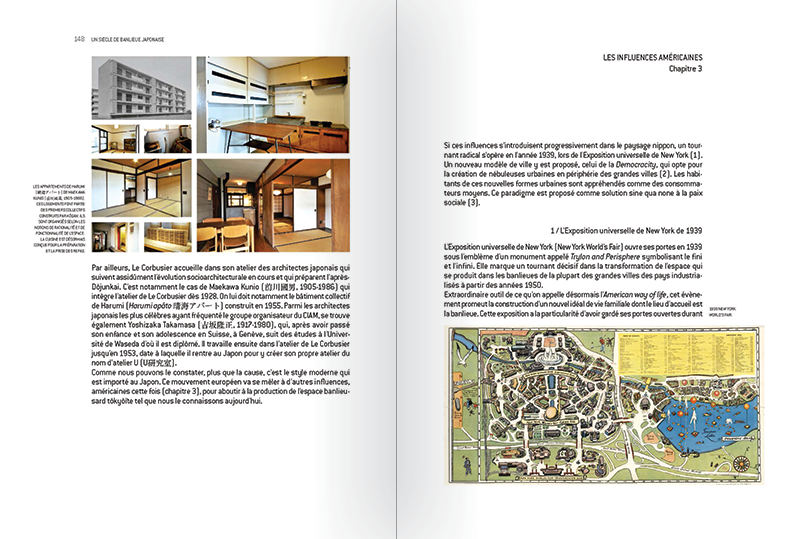
Metis Presses
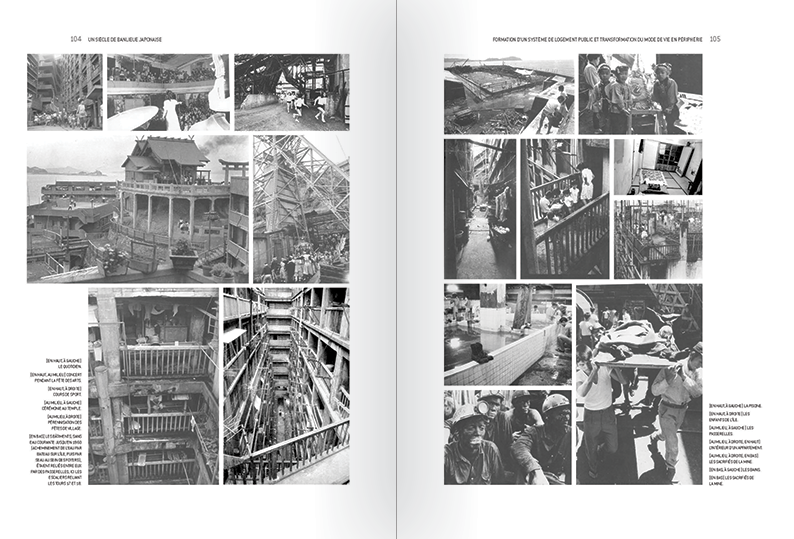
Metis Presses
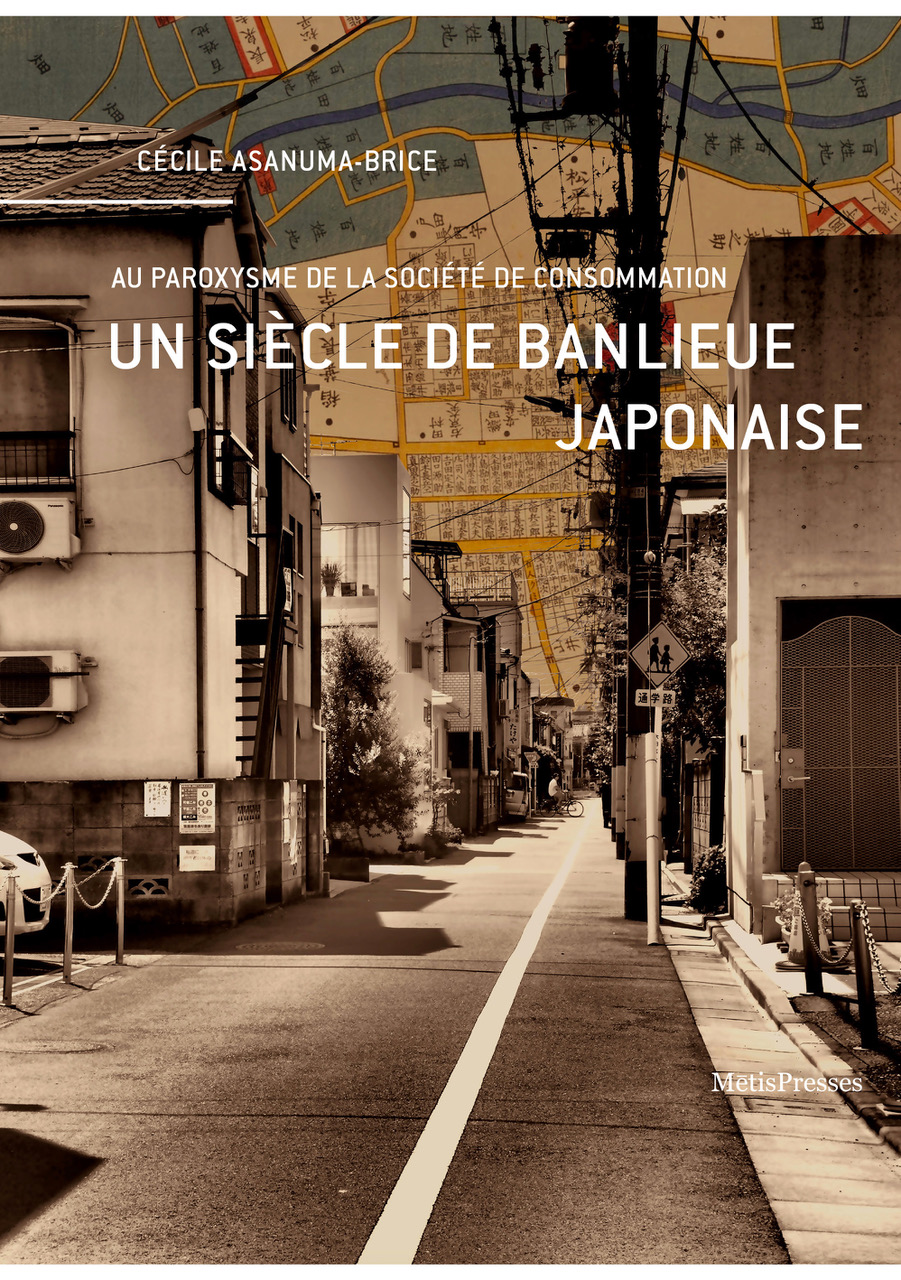
Metis Presses
TRENDING
-
A House from the Taisho Era Reveals Its Secrets
While visiting an abandoned building, Hamish Campbell discovered photographs the owner had taken of the place in the 1920s.

-
The Taboo-Breaking Erotica of Toshio Saeki
The master of the 1970s Japanese avant-garde reimagined his most iconic artworks for a limited box set with silkscreen artist Fumie Taniyama.

-
With Meisa Fujishiro, Tokyo's Nudes Stand Tall
In the series 'Sketches of Tokyo', the photographer revisits the genre by bringing it face to face with the capital's architecture.

-
Masahisa Fukase's Family Portraits
In his series ‘Family’, the photographer compiles surprising photos in which he questions death, the inescapable.

-
Hajime Sorayama's Futuristic Eroticism
The illustrator is the pioneer for a form of hyperrealism that combines sensuality and technology and depicts sexualised robots.





